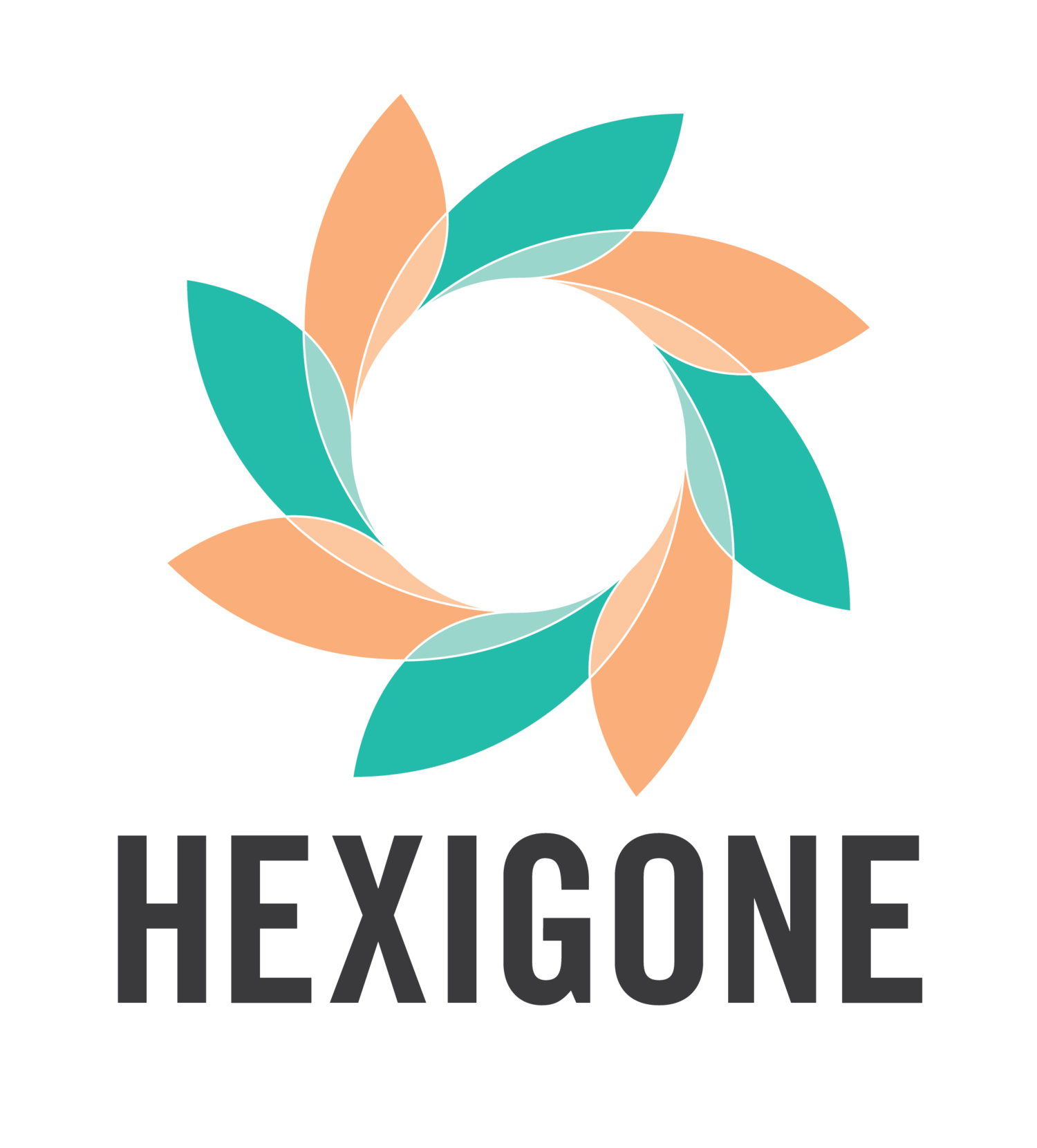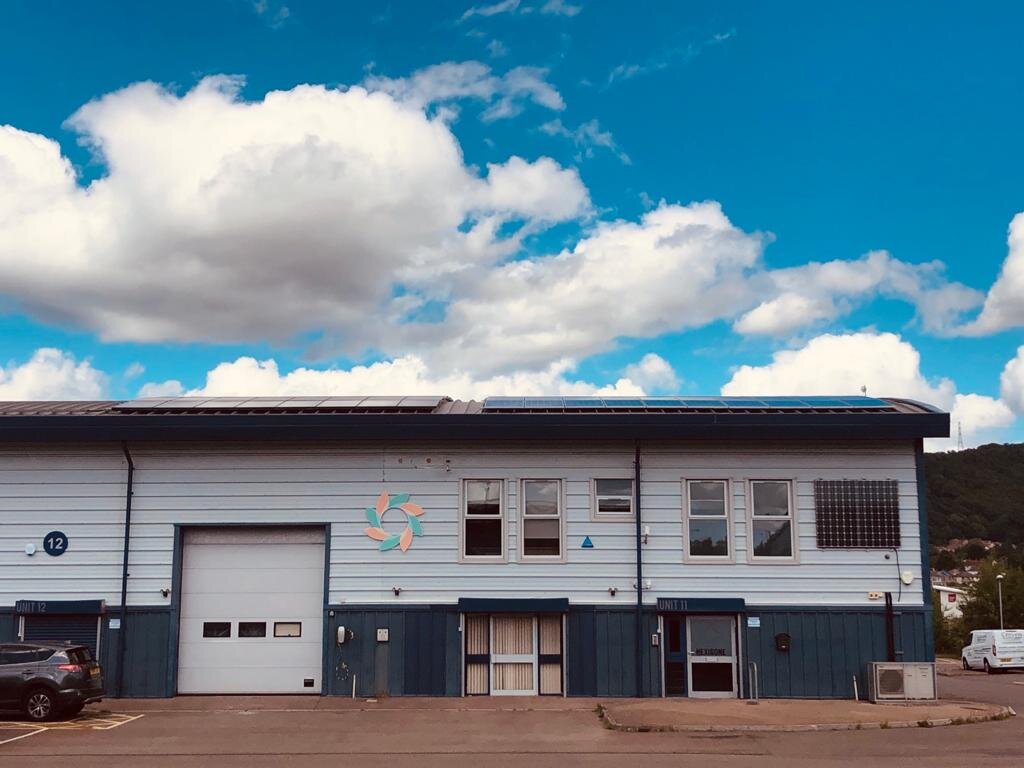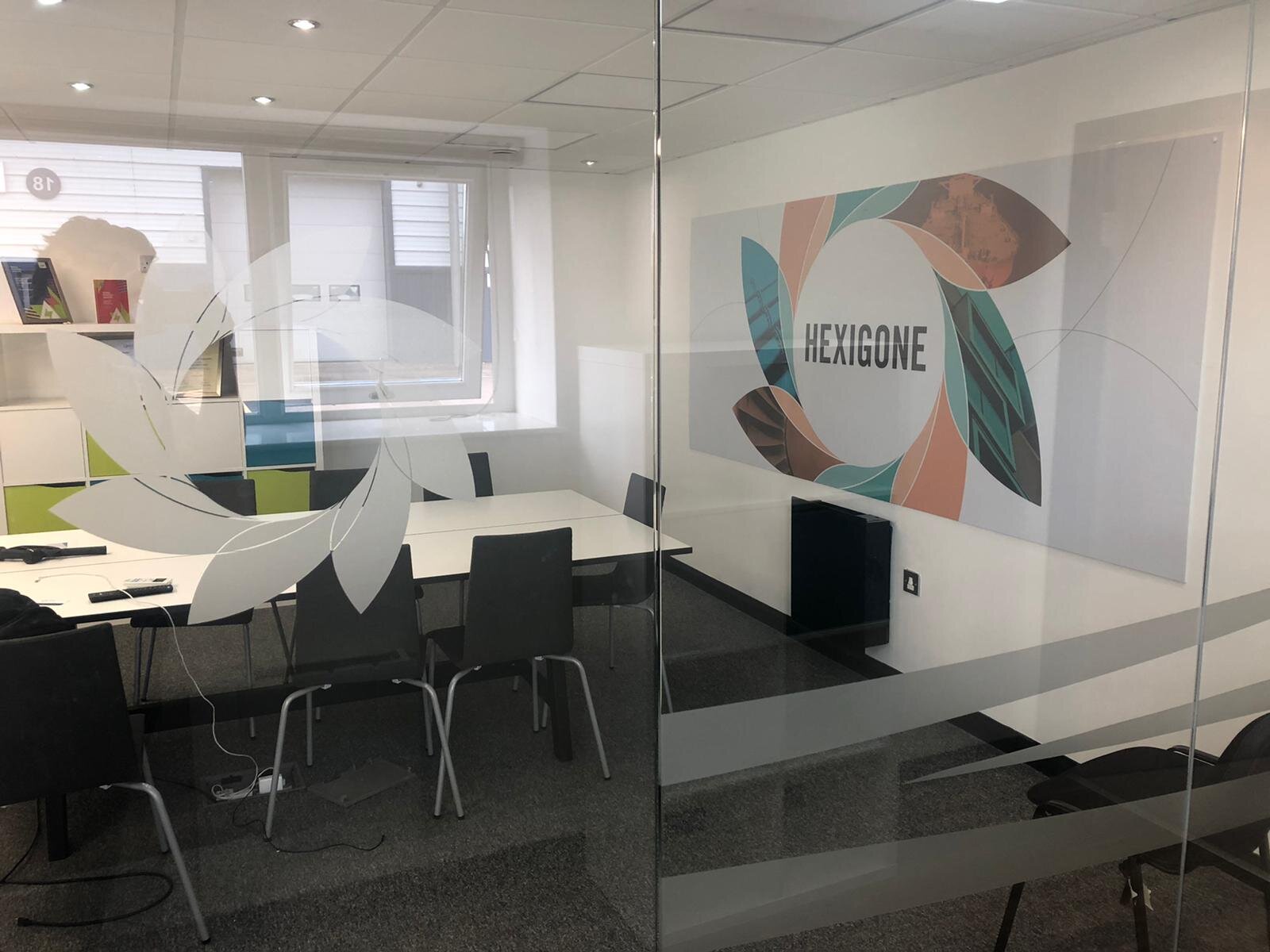Blog: A Sustainable Solution to Corrosion Protection
Corrosion and the environment:
NACE International, the Worldwide Corrosion Authority, estimates that the global cost of corrosion is $2.5 trillion a year or 3.4% of Gross Domestic Product (NACE International, 2016). In amongst these financial headlines is a huge cost to the environment. These range from structural failures resulting in environmental contamination, to harmful pollutants being released from iron corrosion, to the over utilisation of natural resources when repairing and replacing damaged metals (Hanson, 2011)
Sustainability is a critical consideration for all businesses involved in the manufacture and maintenance of goods, and the longevity of the metal assets in question across key industries such as O&G, aerospace and architecture is one of the largest drivers for innovation in the coatings industry. Maintenance is extremely costly for OEMs and the avoidable drain on natural resources for premature replacement and repair of metal assets is now a global concern.
A safe, effective alternative to hexavalent chromium:
It is evident that effective corrosion management is vital in order to protect our planet – but what happens when the world’s most effective corrosion inhibitor turns out to be toxic itself? Hexavalent chromium [Cr(VI)] can protect metal assets from premature failure but is also known to cause cancer in humans and animals (United States Department of Labour, 2020) – posing another environmental dilemma.
The toxic chemical compound was brought to the public’s attention most notably in the 2000 movie “Erin Brockovich” where it was detected in groundwater samples in California and other states. The EU's REACH legislation has now banned the use of chromium VI across almost all industries and other regions are planning to do the same, or have already followed suit.
Driven by his interest in sustainability, Hexigone’s Founder and CEO embarked on a mission to develop a safe corrosion inhibitor of comparable performance to hexavalent chromate. During his EngD at Swansea University, Dr Patrick Dodds trialed hundreds of combinations of active ingredients in order to eventually develop a highly effective, safer alternative to chromium VI. A true ‘eureka’ moment!
The technology - known as Intelli-ion – utilises novel active ingredients which are attached onto a smart, micro-reservoir system and react ‘on demand’ to corrosive activity. Unlike zinc phosphate which causes harmful algal blooms through leaching, the Intelli-ion product range does not leach out into the environment. The technology has since been independently proven to protect metal assets for longer when compared to the current market-leading alternatives, prolonging asset lifecycles across a range of markets and reducing the strain on natural resources.
Low carbon offices and manufacturing:
But it’s not just Hexigone’s products that are sustainable in nature, the manufacturing is also driven by our environmentally-conscious ethos. The new Hexigone HQ was designed with energy efficiency in mind, achieving an A Rated Energy Performance, the most efficient rating possible.
The energy reduction strategy of the office and manufacturing units involves reducing energy demand through thermally efficient building design, as well as supplying building systems with onsite renewable technology.
The manufacturing units are supplied by a 20kW solar PV system which is utilised within the building to offset CO₂ emissions and substantially supplement the power requirements. Heating is supplied using a highly efficient Air Source Heat Pump powering an underfloor heating and radiator system. This reduces the reliance of importing electricity from the National Grid and ensures that our manufacturing facilities run off low-carbon energy supplies where possible.
Furthermore, Hexigone’s manufacturing process adheres to a circular economy, not only recycling virtually all raw materials used within production, but also utilising the waste stream from an adjacent industry comprising up to 60% of its product.
To wrap up:
Corrosion evidently has huge implications for the natural environment, and nowadays society and industry are much more aware of issues related to sustainability. Engineers are increasingly encouraged to design and manufacture products that can minimise negative environmental and societal impact (Industry Europe, 2019), and this directly aligns with Hexigone’s vision – to create a safer and more sustainable world through chemical intelligence.
CEO and Founder, Dr. Patrick Dodds, commented:
“Environmental sustainability runs through everything we do at Hexigone. Firstly, our materials are chromate-free, contain no metals or phosphates. Our manufacturing process involves recycled materials and renewable energy. And finally, by plugging the performance gap and offering a highly effective inhibitor, we are able to protect metal assets for longer, reducing the drain on natural resources. We’re proud of this and are always looking for ways to improve our green credentials”
References:
Hanson, C. (2011). The Impact of Corrosion on Society. Metallurgical & Materials Transactions , 16.
Industry Europe. (2019, 11 30). Time To Fight Corrosion – For The Environment’s Sake. Retrieved from Industry Europe : https://industryeurope.com/time-to-fight-corrosion-for-the-environments-sake/
NACE International. (2016). International Measures of Prevention, Application and Economics of Corrosion Technologies Study. Retrieved from NACE: http://impact.nace.org/documents/Nace-International-Report.pdf
United States Department of Labour. (2020, 8 19). Occupational Safety and Health Administration. Retrieved from United States Department of Labour: https://www.osha.gov/SLTC/hexavalentchromium/



